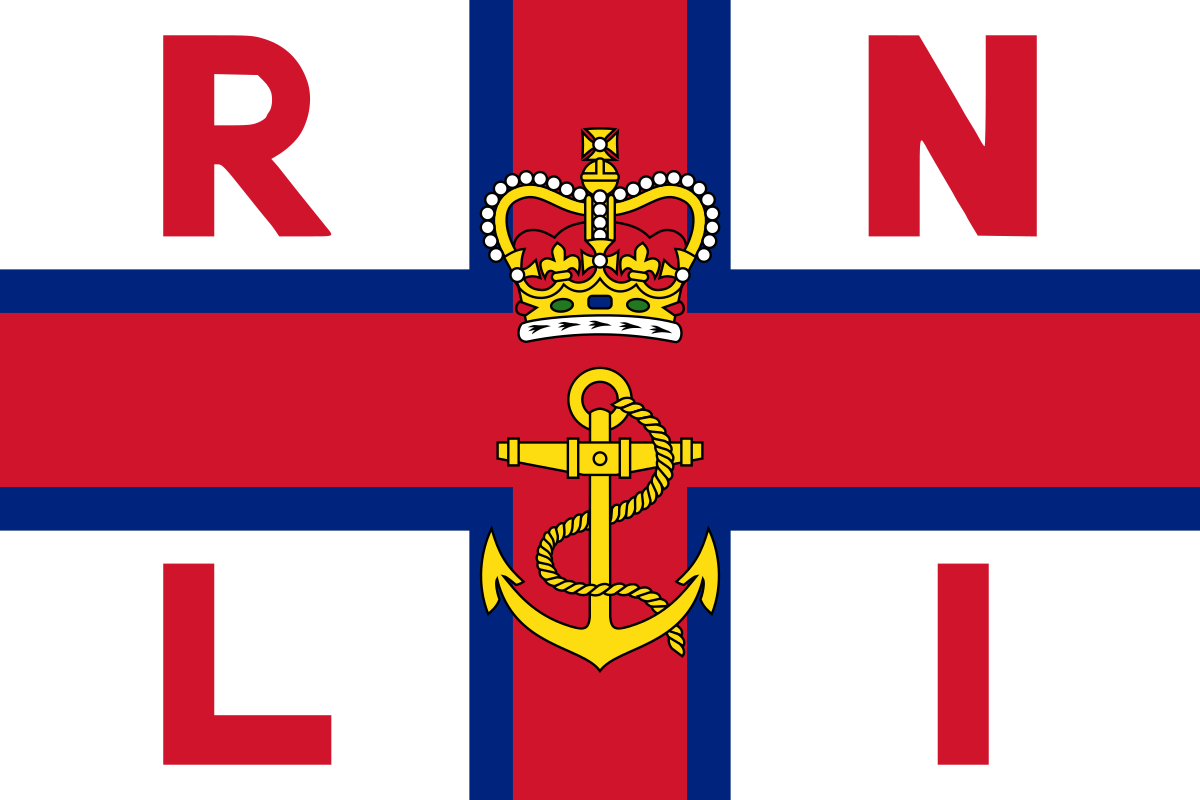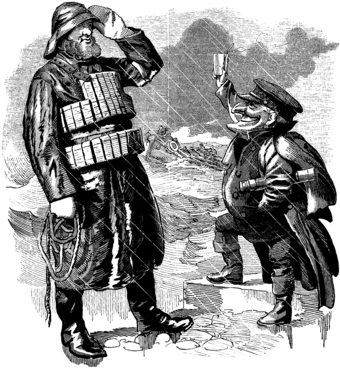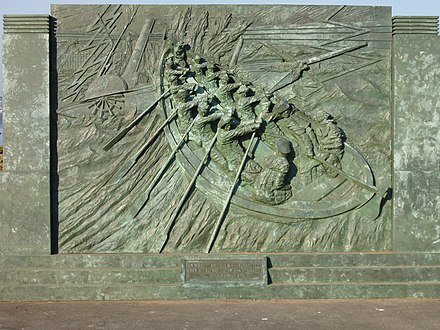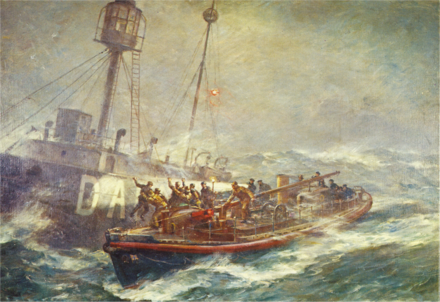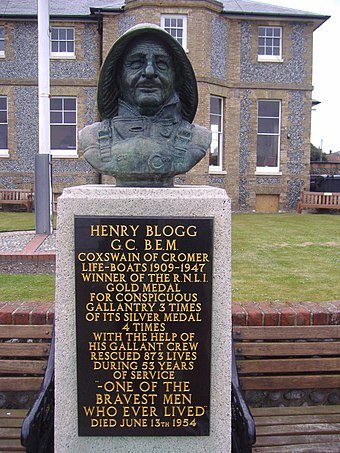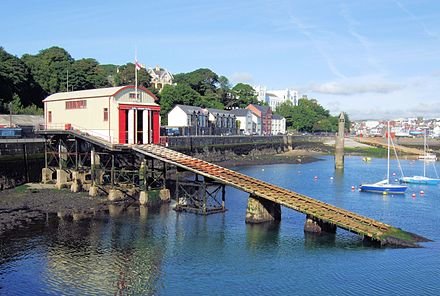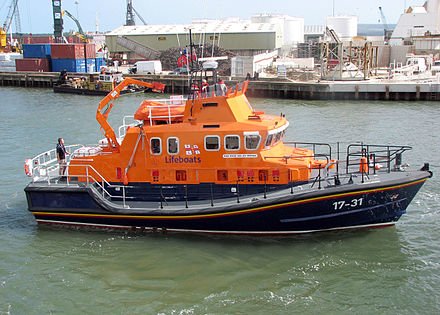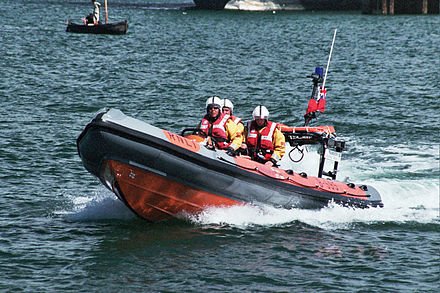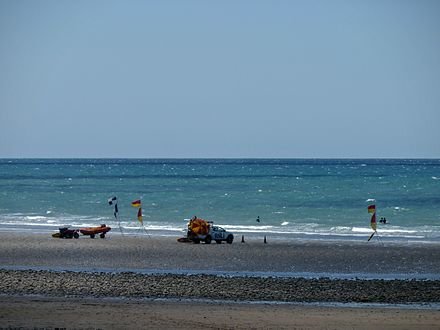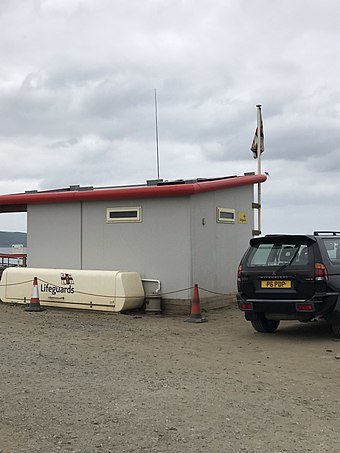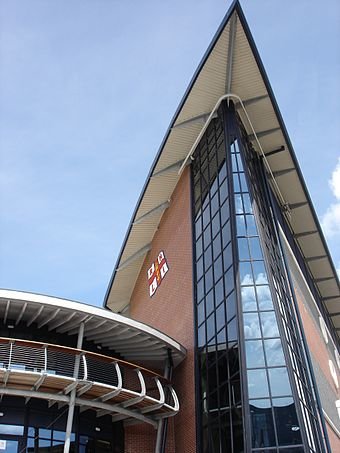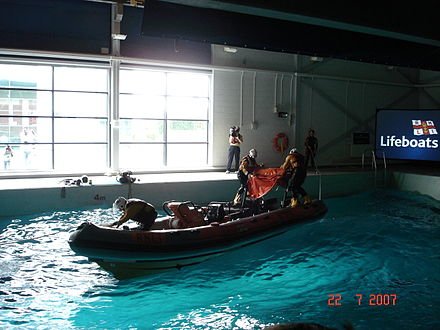British Heritage
Remember, Cherish, Learn.
beta
Royal National Lifeboat Institution
Contribution of the Royal National Lifeboat Institution to British Heritage.
The Royal National Lifeboat Institution (RNLI) stands as a venerable symbol of courage and compassion, with a rich history spanning nearly two centuries. As the largest charity devoted to saving lives at sea, its contributions to British heritage are immeasurable. Established in 1824 under the name "National Institution for the Preservation of Life from Shipwreck," it quickly earned royal patronage from King George IV and became the "Royal National Institution for the Preservation of Life from Shipwreck." The charity's critical role in safeguarding mariners and coastal communities received further recognition in 1860 when it was granted a Royal Charter and renamed the "Royal National Lifeboat Institution" (RNLI).
The RNLI's legacy stems from the vision of Sir William Hillary, who, having witnessed the treacherous nature of the Irish Sea and numerous shipwrecks around the Isle of Man, conceived the idea of a national lifeboat service manned by trained crews. Despite initial indifference from the Admiralty, his plans eventually garnered support from philanthropic members of London society, leading to the founding of the Institution in 1824. Since then, the RNLI has been a beacon of hope, rescuing countless mariners and passengers from perilous situations at sea.
The charity operates 238 lifeboat stations with 444 lifeboats, ready to launch at short notice and manned predominantly by dedicated unpaid volunteers. The RNLI's commitment to training and education is commendable, with a focus on engaging young people about sea and beach safety. Its flood rescue teams, both nationally and internationally, further highlight its adaptability in responding to emergencies beyond its traditional coastal operations.
The RNLI's dedication to saving lives and promoting safety at sea has become an integral part of British heritage. Its enduring presence, rooted in the communities it serves, has left an indelible mark on the nation's maritime history. The Institution's lifeboat stations, lifeguards, and flood rescue teams epitomize the spirit of volunteerism and heroism ingrained in British culture.
The RNLI's contribution to British heritage extends beyond its life-saving efforts. It has preserved a rich collection of historical lifeboats and artifacts, offering a glimpse into the evolution of life-saving technology over the centuries. Moreover, its commitment to providing safety advice and educational programs has empowered generations of coastal communities with essential knowledge for staying safe at sea and along the beaches.
The RNLI's financial model primarily relies on legacies and voluntary donations, exemplifying the generous spirit of the British public towards supporting this vital cause. Approximately 65% of its funding comes from legacies, while voluntary donations contribute 28%. The Institution also engages in corporate partnerships and fundraising events to secure additional financial support. Over the years, the RNLI's collection boxes, stationed nationwide, have become emblematic of the public's collective commitment to saving lives at sea.
The RNLI and its brave lifeboat crews have received numerous accolades and awards for their valorous actions. More than 2,500 medals, including gold, silver, and bronze, have been bestowed upon its crews for acts of bravery. The most celebrated lifeboatman, Henry Blogg, who served as the coxswain of Cromer for 37 years, earned three gold medals and four silver, in addition to the George Cross and the British Empire Medal.
Throughout its history, the RNLI has faced various challenges, including financial difficulties and the pressures of wartime rescues. However, the Institution's resilience and adaptability have allowed it to overcome these obstacles and continue its life-saving mission.
In recent years, the RNLI has encountered criticism regarding its rescue of migrants attempting to cross the English Channel. Despite such challenges, the charity remains steadfast in its commitment to saving lives, standing as a testament to the unwavering compassion of its volunteers and the significance of its mission.
The Royal National Lifeboat Institution is a true embodiment of British heritage, representing the courage, compassion, and volunteer spirit of coastal communities. Its unwavering commitment to saving lives at sea and promoting safety awareness has safeguarded countless individuals over nearly two centuries. From its humble beginnings as a philanthropic initiative to its current status as the largest charity of its kind, the RNLI has earned its place as a treasured symbol of British maritime history and a shining example of selflessness in the face of danger. As the RNLI continues to respond to emergencies at sea and educate the public about safety, its legacy of bravery and humanitarianism endures, securing its place in the heart of British heritage for generations to come.
Legacy and Success of the RNLI
The RNLI's legacy stems from the vision of Sir William Hillary, who, having witnessed the treacherous nature of the Irish Sea and numerous shipwrecks around the Isle of Man, conceived the idea of a national lifeboat service manned by trained crews. Despite initial indifference from the Admiralty, his plans eventually garnered support from philanthropic members of London society, leading to the founding of the Institution in 1824. Since then, the RNLI has been a beacon of hope, rescuing countless mariners and passengers from perilous situations at sea.
The charity operates 238 lifeboat stations with 444 lifeboats, ready to launch at short notice and manned predominantly by dedicated unpaid volunteers. The RNLI's commitment to training and education is commendable, with a focus on engaging young people about sea and beach safety. Its flood rescue teams, both nationally and internationally, further highlight its adaptability in responding to emergencies beyond its traditional coastal operations.
Contribution to British Heritage
The RNLI's dedication to saving lives and promoting safety at sea has become an integral part of British heritage. Its enduring presence, rooted in the communities it serves, has left an indelible mark on the nation's maritime history. The Institution's lifeboat stations, lifeguards, and flood rescue teams epitomize the spirit of volunteerism and heroism ingrained in British culture.
The RNLI's contribution to British heritage extends beyond its life-saving efforts. It has preserved a rich collection of historical lifeboats and artifacts, offering a glimpse into the evolution of life-saving technology over the centuries. Moreover, its commitment to providing safety advice and educational programs has empowered generations of coastal communities with essential knowledge for staying safe at sea and along the beaches.
Financial Model and Fundraising Efforts
The RNLI's financial model primarily relies on legacies and voluntary donations, exemplifying the generous spirit of the British public towards supporting this vital cause. Approximately 65% of its funding comes from legacies, while voluntary donations contribute 28%. The Institution also engages in corporate partnerships and fundraising events to secure additional financial support. Over the years, the RNLI's collection boxes, stationed nationwide, have become emblematic of the public's collective commitment to saving lives at sea.
Recognition and Awards
The RNLI and its brave lifeboat crews have received numerous accolades and awards for their valorous actions. More than 2,500 medals, including gold, silver, and bronze, have been bestowed upon its crews for acts of bravery. The most celebrated lifeboatman, Henry Blogg, who served as the coxswain of Cromer for 37 years, earned three gold medals and four silver, in addition to the George Cross and the British Empire Medal.
Challenges and Response
Throughout its history, the RNLI has faced various challenges, including financial difficulties and the pressures of wartime rescues. However, the Institution's resilience and adaptability have allowed it to overcome these obstacles and continue its life-saving mission.
In recent years, the RNLI has encountered criticism regarding its rescue of migrants attempting to cross the English Channel. Despite such challenges, the charity remains steadfast in its commitment to saving lives, standing as a testament to the unwavering compassion of its volunteers and the significance of its mission.
Conclusion
The Royal National Lifeboat Institution is a true embodiment of British heritage, representing the courage, compassion, and volunteer spirit of coastal communities. Its unwavering commitment to saving lives at sea and promoting safety awareness has safeguarded countless individuals over nearly two centuries. From its humble beginnings as a philanthropic initiative to its current status as the largest charity of its kind, the RNLI has earned its place as a treasured symbol of British maritime history and a shining example of selflessness in the face of danger. As the RNLI continues to respond to emergencies at sea and educate the public about safety, its legacy of bravery and humanitarianism endures, securing its place in the heart of British heritage for generations to come.
- Royal National Lifeboat Institutionen.wikipedia.org
